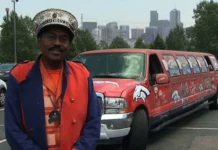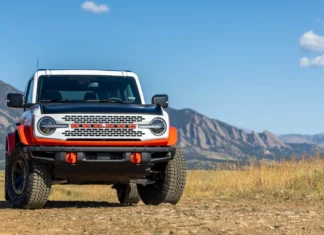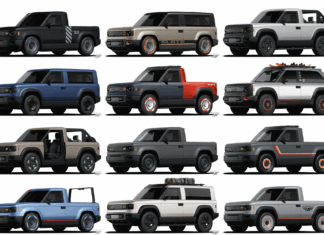
In an age of house-sized SUVs and trucks, maybe there’s a case for the microcar to make a comeback
Some design cars purely as a marketing exercise. Others create cars that stir your soul – machines that evoke strong emotion as soon as you gaze upon them or, even better, bury the accelerator. Then, some come up with cars that, in our modern times, make you go, “What the hell were they thinking?” Most often, the last sort come from boutique manufacturers you’ve likely never heard of. Today’s case study: a small manufacturer called Peel. Started in the 1960s, and advertised as able to carry “one adult and a shopping bag”, the company’s Peel P50 microcar is, per the Guinness Book of World Records, the world’s smallest car. In a world of massive SUVs and even large “economy cars”, this one is an odd creation. However, its diminutive size is, I’d argue, one of its most charming features.
Those of you may recognize this small car from a certain British car show, when a certain presenter showed it around the crowded city streets of London. Sitting at 54 inches long, 41 inches wide, and weighing just 123 pounds, it’s officially the world’s smallest car as of 2010. So what’s powering this beast? Well, it’s not a big engine, as you’d expect. Just a 50cc engine scoots you along to a truly dizzying top speed of about 35 miles per hour. Not that you’d want to go that fast when, if you get in an accident, the crumple zones are your legs.
Forward thinking, or just plain strange?
Okay, it doesn’t exactly have all the amenities of a modern car. It only has one center-mounted headlight, so you can momentarily fool oncoming traffic into thinking you’re a moped. And because it uses the engine from a moped, it’s not fast. Especially not with three wheels – and there are only three – that look more at home on a lawn mower than what is, technically speaking, a car. I also wouldn’t want to get in a crash with a bicyclist in this, let alone another car.

Today, they still enjoy an enthusiastic, if not tremendously large, following. There’s even a company that’s been building “new” Peel P50 models since 2011. It still has that same interesting shape, and it still has a 50cc engine. Also like the original models, it has no reverse gear! Fear not if you need to maneuver around, however, as there is a handle on the back. That means you literally have to pick it up and carry it if you want to turn it around, but that’s part of the charm, isn’t it?
There’s even a sporty version! Meet the Peel “Trident”:

If nothing else, these are small, quirky facets from automotive history that make you smile when you see them. Check back to TFLcar.com for more odd cars! Subscribe to The Fast Lane Car and TFLnow for more news, views, and real-world reviews. Albeit probably not one of this car – none of the TFL crew could even fit.
























